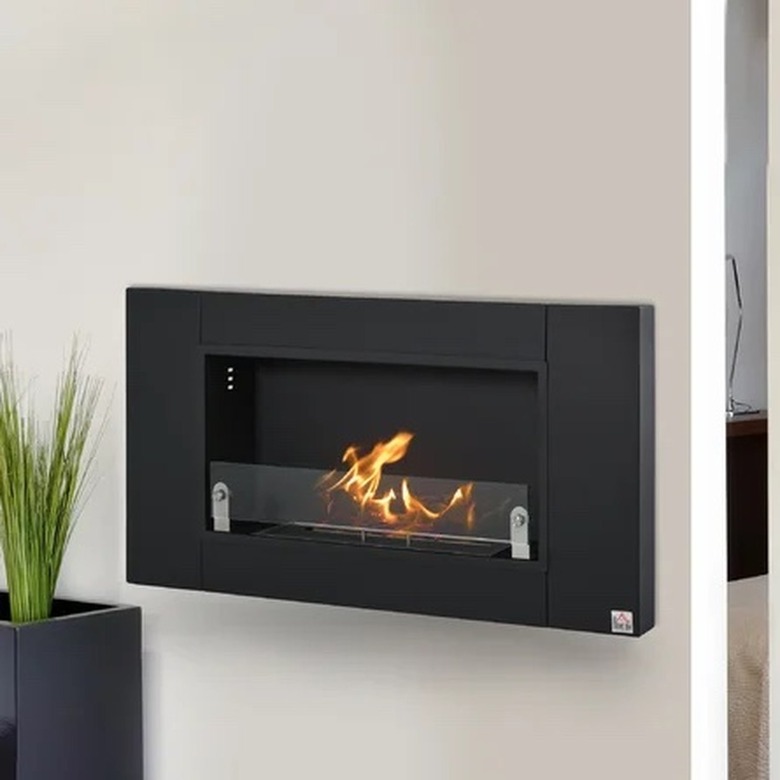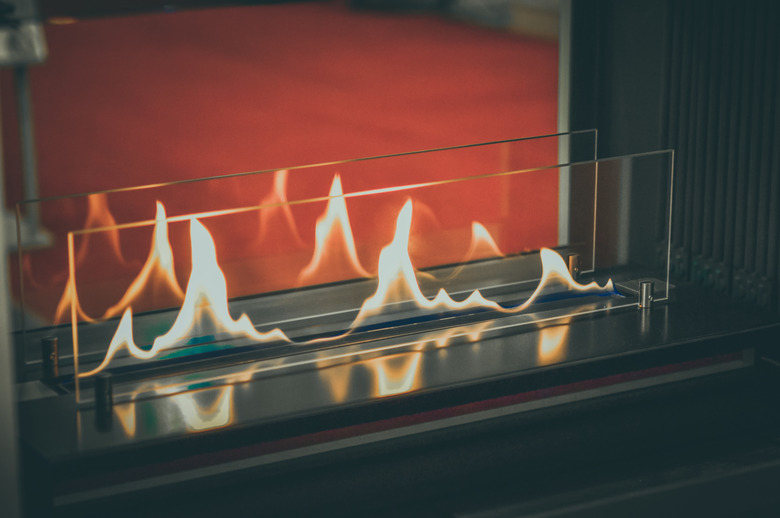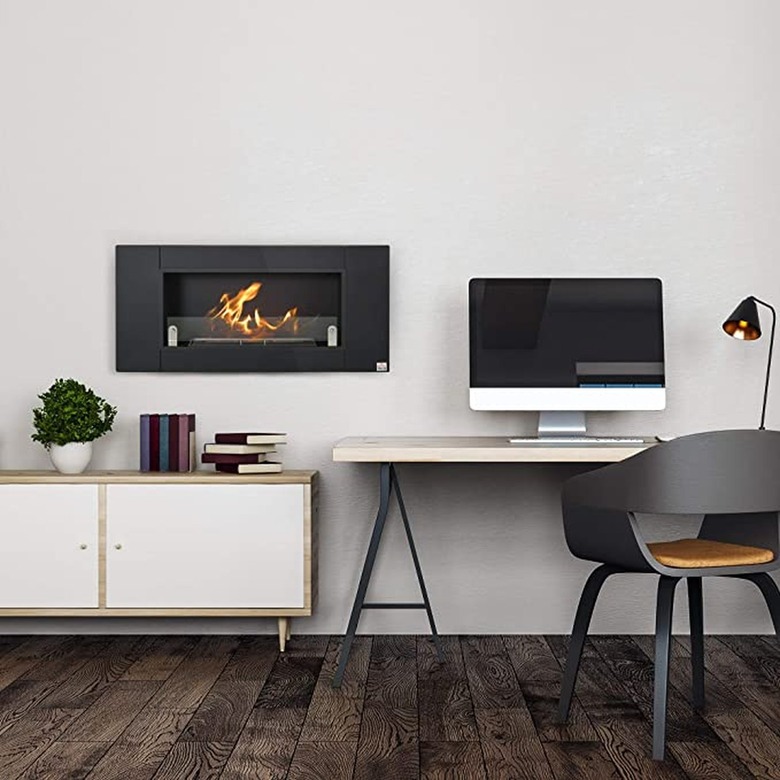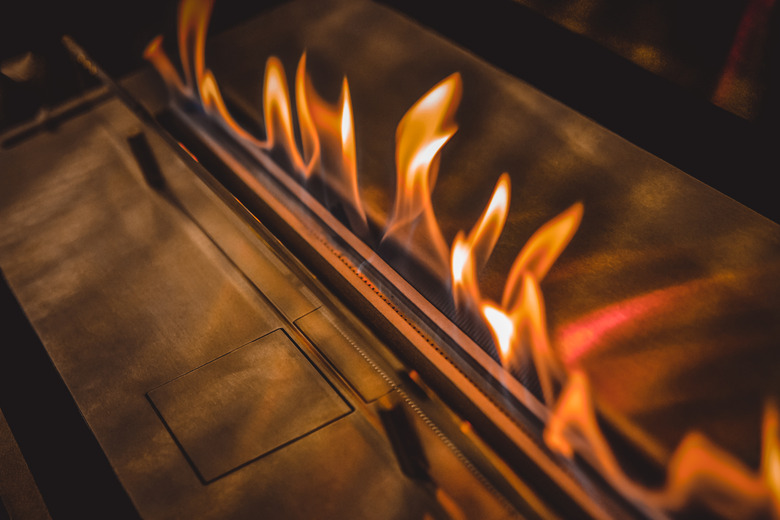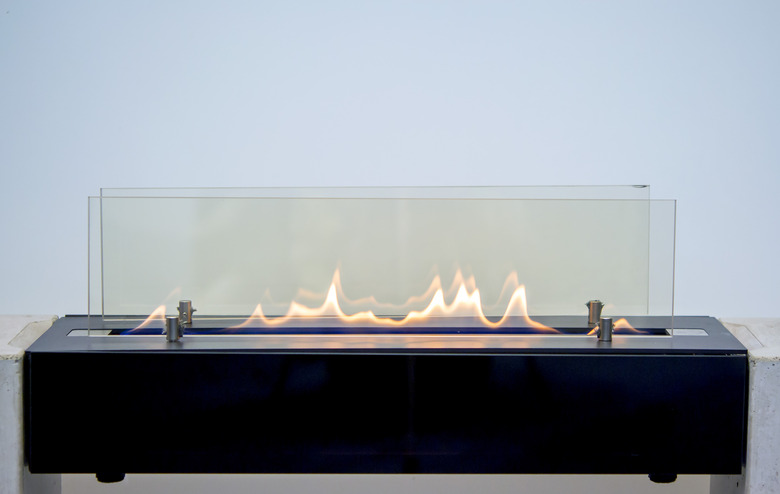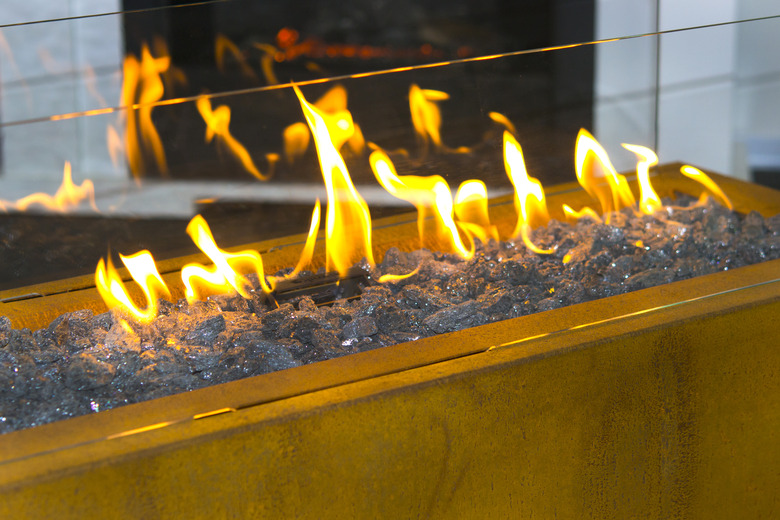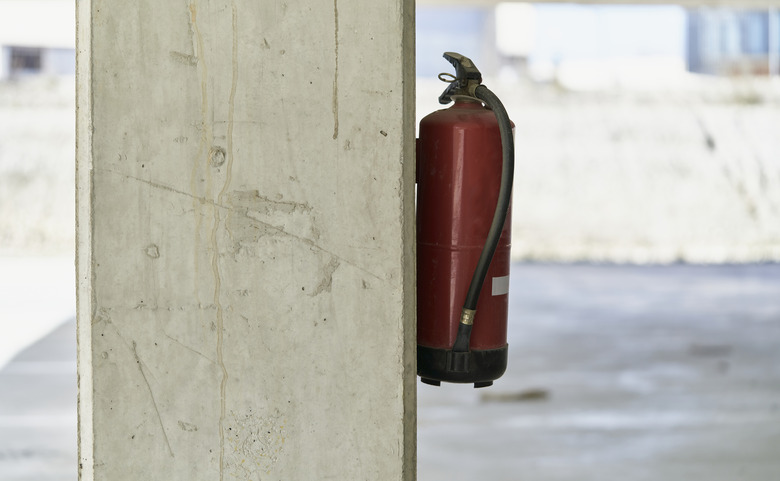Is An Ethanol Fireplace Right For Your Home?
There are so many options to choose from when it comes to ethanol fireplaces, their sizes, and where they can be used. Like all other household fixtures, these modern fireplaces have their pros and cons. One pro is that they do not use electricity, meaning they'll still work when the power goes out. But they aren't connected to a fuel line of any sort, so you'll have to keep an ample supply of bioethanol fireplace fuel on hand if you plan to use the fireplace frequently. Before committing to an ethanol fireplace, consider a few key factors.
What Do Ethanol Fireplaces Burn?
What Do Ethanol Fireplaces Burn?
If you're familiar with ethanol as a form of alcohol or as an additive to gasoline, you're on the right track. Bioethanol, or bioethanol fireplace fuel, is an alcohol typically produced from sugar cane, corn, or sugar beets, and it's the only fuel that ethanol fireplaces use. It's the same as ethyl alcohol, or ethylated spirits. Most gasoline in the United States contains at least a little ethanol, and most of the ethanol produced in the U.S. comes from corn grain.
As far as ethanol and fireplaces are concerned, it's only safe to use ethanol labeled as a fireplace fuel, as the fireplace is designed to burn that form of alcohol specifically. Gel-based ethanol should not be burned in a fireplace designed for liquid ethanol. Always check the fireplace manual or ask the retailer to ensure you're purchasing the right fuel for your fireplace model.
Although ethanol fireplace fuel is chemically similar to drinkable alcohol, it's usually denatured by mixing in additives to make it unpalatable and unfit for human consumption. Ethanol alcohol is also different from isopropyl rubbing alcohol and from methanol. All of these alcohols are flammable, but only ethanol fireplace fuel is safe to use in an ethanol fireplace. And don't mix it up with similar-looking gel fuel — that's specifically for gel fuel fireplaces.
Types of Ethanol Fireplaces
Types of Ethanol Fireplaces
Ethanol fireplaces can be wall-mounted, recessed into a wall, or freestanding. The wall-mounted units stick out a bit like a flat-screen TV and may be installed on any wall made of fireproof materials provided that it's secured into wall studs or anchors to support the weight of the unit. A recessed ethanol fireplace sits nearly flush with the wall, which means you'll need to cut a hole in the wall to insert the fireplace. The recessed units may require extra precautions to prevent fires within the wall's structure. For both the recessed and wall-mounted ethanol fireplaces, some manufacturers recommend professional installation, as it's important the fireplace is level and secure and has sufficient clearance from flammable materials.
Freestanding fireplaces require no installation whatsoever and may be placed just about anywhere as long as there are no items in the immediate area that are flammable or heat-sensitive. Many freestanding units are mobile, allowing you to move them elsewhere as needed and even use them as a portable outdoor fireplace during nice weather. Some are small enough for tabletop use indoors or out, serving as more of a visual feature than as a heat source. As with the larger ethanol fireplaces, it's important to use the freestanding and tabletop units at a safe distance away from items that may catch fire or otherwise be harmed by heat. If you have pets or young children, a tabletop unit may not be a good idea, as there's no protective cover over this type of ethanol fireplace.
How Ethanol Fireplaces Work
How Ethanol Fireplaces Work
Ethanol fireplaces are a bit different than other fireplaces, as ethanol units are not always enclosed at the sides or top, and they use liquid as the fuel source. An ethanol fireplace has a burner with a tank that houses liquid bioethanol fuel with the flames extending from the top of the burner. These usually require manual lighting of the fuel with a long candle lighter, and putting out the flame may require using a snuffer tool or a special tool to close a sliding damper on top of the burner should you choose not to let the ethanol burn out completely.
Refilling the fuel varies a bit based on the fireplace design, but generally, you open a screw-top ethanol fireplace fuel bottle and pour the bioethanol fuel directly into the burner or in a special spout or opening as directed by the fireplace manufacturer. Some fuel bottles have optional nozzles similar to gas-can spouts to make pouring easier, or you may use a funnel.
Many ethanol fireplaces have a ceramic wool wick material that saves fuel and increases burn time. These wicks generally don't burn up but may need to be replaced over time. These can also be added to many of the smaller ethanol fireplaces, such as tabletop models.
As with gas fireplaces, ethanol fireplaces consume oxygen from the room to feed their flames. Manufacturers recommend opening a window and/or turning on a fan to ensure adequate airflow before using an ethanol fireplace. They also recommend not using an ethanol fireplace in rooms smaller than 225 square feet or in small rooms with ceilings lower than 8 feet. Specifics may vary based on the capacity of the fireplace and the model.
Ethanol fireplaces are cleaner burning than other fireplace types, emitting a little carbon dioxide, no carcinogens, and no soot or smoke. Unlike traditional wood-burning fireplaces and some gas fireplaces, ethanol fireplaces don't need flues, chimneys or pipes venting to the outdoors. Since there isn't a need for a chimney, an ethanol fireplace doesn't have to fit within an existing fireplace; it could be a freestanding or even a mobile unit for indoor or outdoor use. You're free to place one in the center of a room or even on a tabletop if the fireplace is designed for that purpose. Since there are no vent pipes, design choices allow for units that look much more modern and unencumbered compared to standard wood or gas fireplaces.
Costs of Ethanol Fireplaces
Costs of Ethanol Fireplaces
Since ethanol fireplaces run the gamut from tiny tabletop models on through large wall-mounted or recessed units, the price varies greatly. Expect to spend around $100 for a small tabletop model through more than $2,500 for a recessed unit, which also requires professional installation, adding to the cost. On average, ethanol fireplaces run around $1,000. Converting a wood fireplace to a gas one averages $3,000, and building one from scratch costs even more depending on whether there's a gas line nearby and how much additional venting is needed. For comparison, building a new wood fireplace also costs around $3,000.
Ethanol fireplace fuel costs run about $11 for a four-hour fire in the average ethanol fireplace, which means $330 per month if you run the fireplace four hours per day every day. The average ethanol fireplace uses about 1 liter of bioethanol fuel every four hours, but this varies based on the capacity of the burner tank and whether the fireplace has adjustments for lower flames, allowing for a longer burn time. Running a gas fireplace tends to cost less, as the price of natural gas tends to be less per gallon (or gallon equivalent).
Heat vs. Ambiance
Heat vs. Ambiance
If you're looking for a fireplace to use as a primary or even secondary heat source in a room, an ethanol fireplace may not be the best option. Most ethanol fireplaces create less heat than wood or gas fireplaces, but some do produce ample heat, so it's worth checking a number of models if you're interested in maximizing heat output in a certain size range. For example, an ethanol fireplace produces anywhere from 3,000 to 20,000 British Thermal Units (Btu) of heat or an average of 6,000 to 12,000 Btu depending on the size of the burner. A gas fireplace puts out 8,000 to 60,000 Btu on average depending on the fireplace size and the burners, while a wood fireplace averages between 20,000 and 40,000 Btu of heat depending on the type and amount of wood burned.
An ethanol fireplace is usually used more for the visual ambiance than for the heat. With constant, dancing flames, ethanol fires are absolutely mesmerizing. Unfortunately, ethanol fireplaces don't crackle and pop the way logs on a fire do, so if you enjoy the smell and sound of a traditional wood fire in addition to the heat, skip the ethanol options. Some ethanol fireplace inserts feature fake logs, so that's also an option if you prefer that style. All ethanol fireplaces produce real flames unlike electric fireplaces, which simply emulate the look of fire.
Ethanol Safety Considerations
Ethanol Safety Considerations
Ethanol fireplace fuel is a highly flammable liquid, and if any of it spills near the lit fireplace or near any other flame source, it could combust. For this reason, it's important to clean up spilled fuel right away and to never add more fuel to the burner's tank while the burner is still warm or in use. Lighting an ethanol fireplace requires a long candle lighter for safety purposes and never a small lighter or a match. Make sure your hands have no spilled ethanol on them as you light the fireplace. Safety-wise, lighting an ethanol fireplace is no more dangerous than lighting a wood fireplace, but ethanol is more hazardous if fuel has spilled or if you light it without waiting for the unit to cool down after recent usage. Keep a fire extinguisher nearby just in case.
Unlike log fires, you can't refill an ethanol fireplace when the burner's tank runs low during use. Allow the fireplace to cool down for 15 to 45 minutes or so as recommended by the manufacturer before adding more fuel; otherwise, flames may burst up and potentially cause injury. When the fuel in an ethanol fireplace runs low during use, the flames get lower and harder to see. The fireplace could even still be lit when you think it is extinguished, which is one of the reasons there's a cooldown period.
Unlike storing logs for a wood-burning fireplace, you should never keep fireplace fuel containers near the fireplace, as they may combust. Store fuel containers in a moderately cool area away from pets and children and with the container lids secured. Do not store them in direct sunlight or in a hot area.
